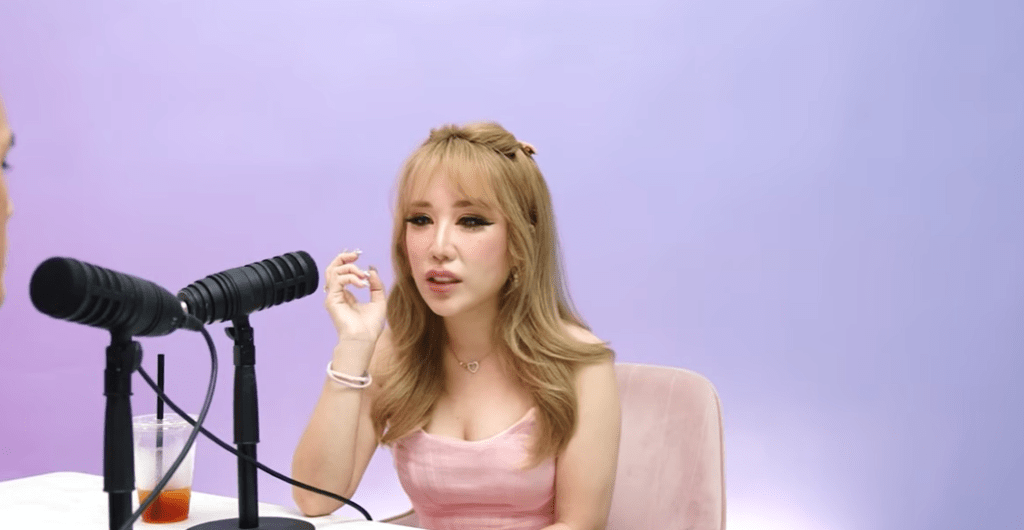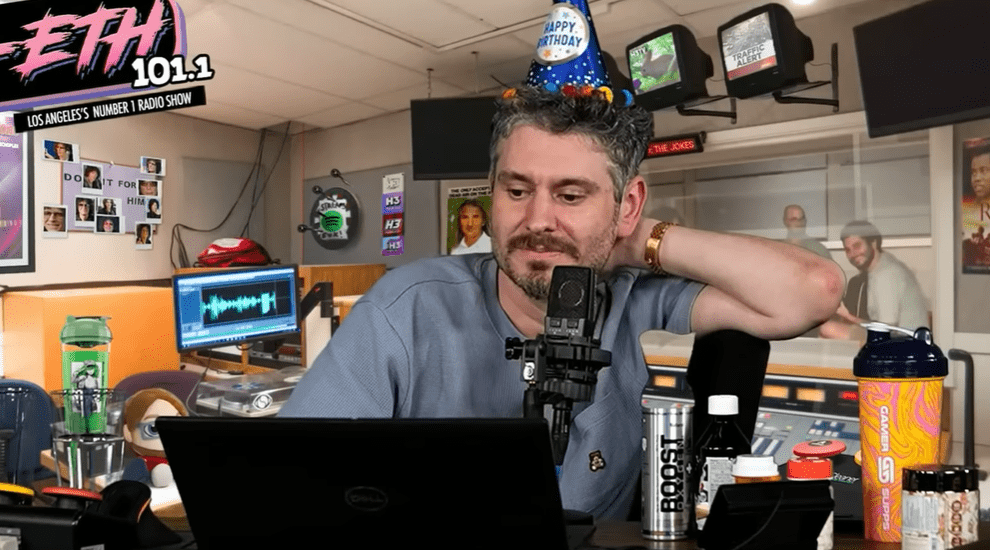Xiaxue’s pre-surgery story serves as a mirror reflecting the changing landscape of digital identity. She established her reputation offline as Wendy Cheng by candidly analyzing her physical change rather than hiding behind filters. She had a blog with an unfiltered, personal, and raw tone long before the influencer boom. Her features, which included monolids and a wider nose bridge, represented a kind of beauty that was not frequently praised in Southeast Asia’s aesthetic hierarchy. Instead of subtly adjusting to those expectations, though, she faced them head-on, camera in hand and scalpel in hand.
From her first nose job in 2007 to more recent eyelid surgeries, Xiaxue has chronicled her journey, producing a visually striking and emotionally captivating digital archive. She has prompted the audience to reevaluate what beauty means in the era of Photoshop and public scrutiny by using side-by-side images and frank captions. Her strategy is deemed excessive by some, but it is incredibly successful in de-stigmatizing cosmetic enhancement by others. Similar to updating software to enhance a system’s functionality, she views surgery as a tool rather than a taboo.
Xiaxue – Personal and Professional Profile
| Attribute | Details |
|---|---|
| Full Name | Wendy Cheng |
| Known As | Xiaxue |
| Birthdate | April 28, 1984 |
| Nationality | Singaporean |
| Height | Approximately 1.55 m |
| Career Start | Early 2000s as a blogger |
| Notable Work | Girls Out Loud reality show, 8 Days feature, social media campaigns |
| First Cosmetic Surgery | 2007 (Nose job with alarplasty and implant) |
| Subsequent Procedures | Double eyelid surgery, lateral/epicanthoplasty, multiple filler sessions |
| Public Perspective | Advocates for transparency, autonomy, and aesthetic self-improvement |
| Source | Her World – Xiaxue Surgery Story |
In the last ten years, cosmetic enhancement has evolved from a private confession to a way of life. Many online personalities choose to change their appearance in a discrete manner, incorporating plausible deniability into their persona. But Xiaxue followed a very different course. Her perspective on surgery is remarkably similar to that of athletes who approach performance gear: optimization, not denial. She has likened plastic surgery to college as an investment in oneself that has measurable returns in interviews.
She narrowed her nostrils and improved her nose bridge in her first procedure, which was sponsored and captured on television. The video continues to be cited in discussions regarding surgical openness rather than disappearing from the public consciousness. She didn’t hesitate to talk about the revision when issues arose years later due to the implant’s placement. Her second request for a higher bridge was motivated by aesthetic preference rather than medical necessity, exhibiting a type of self-authorship that many women still feel compelled to shun.
When she had lateral canthoplasty and double eyelid surgery in Malaysia in 2010, a new chapter began. She described the result as disappointing. From badly administered anesthesia to unsatisfactory visual results, she described the process as agonizing. Her willingness to recount the failure—rather than the failure itself—is what makes it noteworthy. Her uncensored “before” and “during” stories are especially unique and profoundly human in a field overrun with carefully manicured “after” photos.
She eventually found success with another sponsored procedure clinic in Malaysia, choosing to correct asymmetry with a new blepharoplasty and epicanthoplasty this time. Since she had been using double eyelid tape for a long time and wanted a long-term fix, practicality played a bigger role in the decision than appearance. She explains the reasoning behind cosmetic decisions with clinical precision and personal clarity, in contrast to many public figures who conceal them. In a world where denial is frequently rewarded, this strategy feels remarkably lucid.
Xiaxue’s refusal to portray beauty as effortless is what gives her story such a powerful impact. Her development is a result of a combination of digital editing, post-operative care, and surgical precision rather than just good lighting. She also acknowledges it all. “I don’t care if you know it’s fake, but the end product is pleasing to the eye,” she says of Photoshop, referring to it as digital makeup. Her openness has spurred important discussions regarding the hazy boundaries between online artistry and authenticity.
Additionally, her criticisms of influencer culture are poignant. The majority of influencers, in her opinion, are impersonal avatars—models with captions taken from quotes on Pinterest. Xiaxue believes that storytelling, not stylization, is what creates genuine connection. Although they are equally curated, she contends that bloggers provide a narrative arc that influencers usually do not. Given her extensive online presence, that viewpoint is especially perceptive. Her voice has remained incredibly consistent and unmistakably hers, even though many influencers have come and gone.
Xiaxue has maintained her identity as a person dedicated to aesthetic improvement despite becoming a mother. She still gets sponsored Botox and fillers whenever she feels they’re necessary. She is open about her desire to have her eyes colored differently if a safe procedure is made available. However, she is also aware of the dangers to her health. For example, her nose is now considered a delicate organ. Because she knows that a single misplaced elbow could reverse years of surgery, she steers clear of contact sports and chaotic playtime with her young son.
This caution is a result of responsibility rather than just vanity. She understands that the image she displays is not only private but also public, being discussed in media features, YouTube commentary, and Reddit threads. Nevertheless, she leans in rather than backs off, transforming scrutiny into engagement and using criticism as currency.
The narrative surrounding plastic surgery has changed in recent years. A new generation approaches aesthetics strategically rather than shamefully. After initially appearing radical, Xiaxue’s story now seems surprisingly relatable. She serves as a link between the new philosophy of intentional self-design and the vulnerability of traditional blogging. Her images, whether unprocessed, altered, or surgically enhanced, challenge viewers to consider not only what they perceive, but also the reasons behind their belief.







